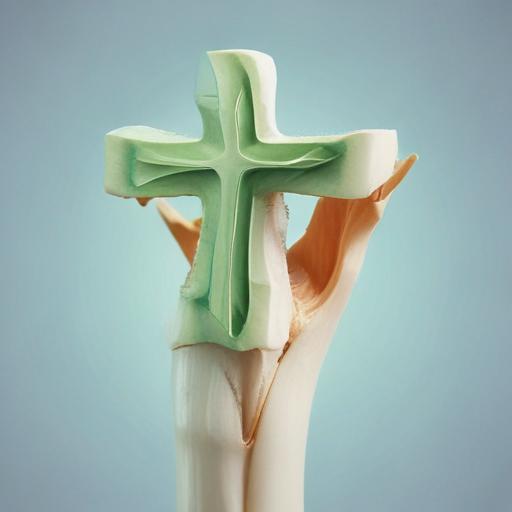Shifting osteoporosis care in India: moving from slowing bone loss to rebuilding strength
Osteoporosis, often called a silent disease, affects millions in India, especially postmenopausal women and the elderly. It progresses without obvious symptoms and is frequently underdiagnosed and undertreated until a fracture occurs. While medical practice for years emphasized slowing bone loss, advances in science and new therapies are reshaping care — focusing now on rebuilding bone, restoring strength, and expanding what osteoporosis treatment can achieve.
A new way of thinking about bone health
Osteoporosis results from an imbalance in bone remodeling: bone is continuously formed and broken down, but in osteoporosis resorption outpaces formation. The consequence is lower bone mass and a weakened structure, which raises fracture risk. Traditional treatment has relied heavily on antiresorptive drugs, such as bisphosphonates, which slow bone loss but do not replace bone that has already been lost. Now, attention is turning to anabolic therapies that actively promote bone formation, offering a promising path for those at high risk of fractures or who have already suffered fragility fractures.
The promise of bone-building therapies
Treatment decisions are increasingly individualized and multimodal. Clinicians assess bone density and metabolic state, then collaborate with specialists such as orthopaedic surgeons and endocrinologists to determine the best course. Newer therapies that build bone, along with monoclonal antibody medications, are becoming available. These options, used in combination with lifestyle and nutritional strategies, aim to restore bone strength rather than merely slow its loss.
A holistic approach to bone health
Effective osteoporosis management extends beyond medication. A comprehensive plan includes adequate calcium and vitamin D intake, regular weight-bearing exercise, fall-prevention strategies, and ongoing monitoring of bone mineral density. Public awareness remains a key challenge, as signs like chronic back pain, height loss, or a stooped posture are often mistaken for normal aging. Greater education and proactive screening, especially for postmenopausal women and older adults, can help reverse this trend.
Rebuilding more than bone
Osteoporosis is about more than the skeleton; it affects confidence, mobility and overall quality of life. Advances in bone-building therapies bring the potential to regain independence and lead fuller lives. The future of osteoporosis care lies in restoring what has been lost — through science, empathy and precise, individualized treatment. The message to patients is clear: early intervention and a comprehensive care plan can turn fractures into preventable events rather than inevitable outcomes.
Additional context and value
– What patients should discuss with their clinicians: bone density testing (DXA), vitamin D and calcium intake, personalized exercise plans, and a review of therapy options, including anabolic therapies and monoclonal antibodies, where appropriate.
– Practical steps for communities: increase screening programs for at-risk groups, train healthcare workers to recognize early signs, and promote education about preventive care and fracture prevention.
– Positive outlook: with integrated care and newer therapies, many patients can expect improvements in bone strength and quality of life, not just reduced fracture risk.
Summary
India faces a growing osteoporosis burden, but the clinical approach is evolving from slowing bone loss to rebuilding bone. Through anabolic therapies, monoclonal antibodies, and a holistic care framework that includes nutrition, exercise, and prevention, patients have the opportunity to regain strength and independence while reducing fracture risk. The path forward hinges on early diagnosis, personalized treatment, and broad public awareness to ensure no fracture becomes a missed opportunity for intervention.
Hopeful note
As clinicians worldwide refine bone-building strategies and public health programs expand access to screening and care, the outlook for osteoporosis in India is becoming brighter. With patient-centered planning and sustained follow-up, many individuals can look forward to stronger bones and more active, independent lives.
